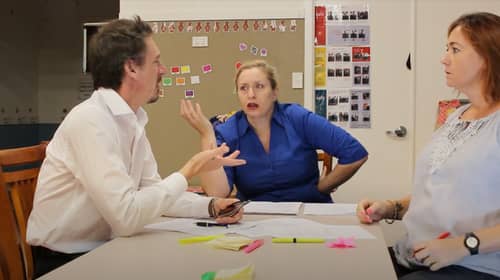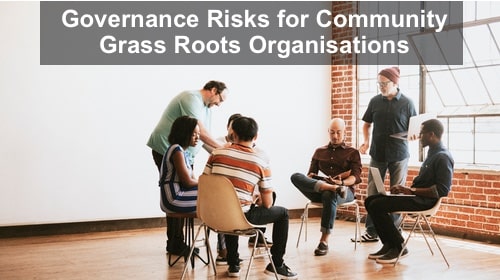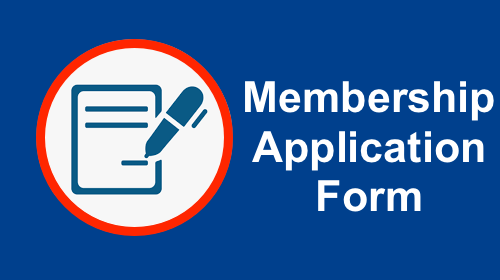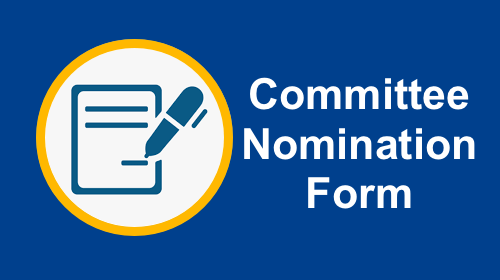Incorporation: Step by Step
In this article we’ll discuss what incorporation means and guide you through the steps to become incorporated.
Authored by: iClick2Learn Team
Translate Text
Table of Contents
Introduction
So your group, club, or society has decided to become an incorporated association.
If you’re not sure about becoming incorporated, please read our article, Should We Incorporate?
Your group can formalise under a few different legal structures. Incorporation is the most common structure for local community groups.
If you would like more details on the other types of legal structures, click here:
ATO – Overview of Legal Structures
INSERTS VIDEO (Whiteboard video on different legal structures in Australia)
What Incorporation Means
When your group becomes an incorporated association, it becomes a separate legal entity. This means, your organisation can have it’s own bank account, ABN, and insurance.
It also means you and the other members will have limited liability – generally you will not be individually responsible for the organisation’s debts and other liabilities as long as you practice good governance.
NOTE: You cannot become an incorporated association if you are planning to operate as a business or to provide monetary gains to members.

Step by Step Guide
The below information is a general guide for incorporating in any state or territory. For specific rules and forms about incorporating in your state or territory click here:
State and Territory Association Authorities
Who will join the incorporation?
It’s a good idea to discuss who will be a member, office bearer and public officer before you start the incorporation process. You won’t be able to incorporate without these people.
You will need a minimum of 5 members to become incorporated. You will also need a minimum of 3 office bearers – President, Secretary and Treasurer. You can read more about these roles in Blogs and Committees: (insert link)
Nominate a public officer; this role can be assigned to an office bearer or a general member. A public officer is the official point of contact for the association and will receive any formal correspondence.
Chose a name
Choose a name that reflects your organisation and what you do. Before you go any further, make sure the name you want to use is available here: www.asic.gov.au
You can reserve your organisation’s name before submitting your forms or do it at the same time, it’s up to you.
Constitution
Because you are becoming a legal organisation, you’ll need rules to operate by. These rules are known as your constitution.
Having a constitution will create trust in your community that your organisation is doing the right thing with their money.
Volunteers and members will also have more confidence in the organisation they are working with.
Don’t worry, you don’t need to write your constitution from scratch. The Department of Fair Trading supplies a model constitution.
This is a template document, where you can add or change things as you wish. For example, in the model constitution a quorum for a committee meeting is 3, but you could change it to 5 if you wish.
What’s a quorum?
A quorum is the minimum people required to hold a meeting.
Objects
One thing you will need to add to your constitution are your objects.
Your objects, or objectives, are the purpose for your organisation existing.
You may have one, or many objects in your constitution. Objects help inform the community, members and stakeholders what your organisation does.
For example, one object of the Australian Red Cross is:
“to provide emergency relief and services in time of disaster or conflict in Australia and internationally for the alleviation of human suffering”
Hold your first meeting
You’re now ready to hold your first meeting. Yes, you need to hold your first meeting before you incorporate.
You’ll need to give at least two weeks notice that the meeting is taking place and advertise publicly.
Then, print out copies of the agenda, the motions and the constitution, for as many people as you think will come.
Nominate someone to take minutes of the meeting and motions.
The motions to include in your first meeting to become incorporated are:
- That your organisation becomes incorporated, and the presented constitution, rules and objects be accepted.
- Registration of new association name
- Nominate who will be on your committee (including public officer).
You can read more about association meetings here: Meetings
Submit your application
Once the meeting has passed the resolutions to incorporate and the constitution is approved, you will need to submit your application and pay the applicable fees. The application is normally completed by the public officer.
It is likely your organisation doesn’t have any funds yet. If this is the case, one individual member will need to pay the application fees, and be reimbursed once there is enough money available from membership fees.
This agreement should be documented in writing and signed by the committee.
You can view and download the required forms from your relevant state or territory body: State and Territory Association Authoritiesa
After Incorporation
Your application for incorporation was accepted – now what?
Once your application to become incorporated is approved and you receive your certificate of incorporation you will need to:
Formalise your name
Add “inc” or “incorporated” to the end of your name.
For example, instead of Bikers who Knit, you will now be, Bikers who Knit Inc. You will need to make this change on any stationary, websites and social media pages.
Schedule your first AGM
Set a date for your first Annual General Meeting. You must hold your first AGM within 18 months of becoming an incorporated association.
Associations are required to lodge an Annual Summary of Financial Affairs to their relevant State and Territory Association Authorities. This must be within one month after the holding an AGM and not later than 7 months after the end of the financial year of the association, whichever is earlier.
Public liability insurance
It’s no longer compulsory for an incorporated association to hold public liability insurance, however, it is recommended.
If you plan to hold events or fundraisers, it is likely you will need this insurance.
For example: if you want to hold a Bunnings BBQ fundraiser, you will need public liability insurance.
Or if you wish to rent a conference space from a council or private company, they will often ask for proof of your insurance.
Most grant applications also now require a copy of your public liability insurance.
Volunteer insurance
If your organisation works with volunteers, it is a good idea to have volunteer insurance. This gives your volunteers peace of mind in the event of an accident, and it covers your organisation from financial liability.
The Work Health & Safety legislation requires organisations to organise personal accident and public liability insurance on behalf of their volunteer, it’s not the duty of the volunteer. (Volunteering Australia)
Attract new members
Congratulations. You are now an Incorporated Association, with a defined purpose, and rules to operate by.
It’s time to attract new members and volunteers to help achieve your purpose.
Membership fees will help ensure you have enough money to pay your insurance and annual incorporation fees.
Start advertising your organisation in the local paper, online and via social media
Conclusion
There are a number forms and processes to follow when incorporating your organisation. Use the steps in this article as a guide, and if in doubt, contact a professional for advice.
Related posts
Starting a Not-for-Profit
Accidental Counsellor
Developing a Fundraising Plan
Create a Sponsorship Plan
How to Develop a Logic Model [Course]
Social Impact
Develop Your Event Plan
Approving Your Budget
5 Tips for effective meetings
Board Assessments and Evaluations: An Introduction
Legal Structures
Organisational Structure
How to Run Your AGM
Governance and Your Organisation
3 Essential Financial Documents
Staying On Top of Your Financials
Informed Decision Making in Your Not-For-Profit
What is a Code of Conduct and Why Do You Need One?
Getting to Know Your Constitution
Governance Risks for Service-Based Organisations
Governance Risks for Community and Grassroots Organisations
How to Take Meeting Minutes
Membership Application Form
Committee Nomination Form
Questions to Ask Your Board [Course]
- Tags | Boards and Committees, Incorporation
























